The proof is in the print

“Night Shot 6,” John Schabel, 2001.
© John Schabel; Images © President and Fellows of Harvard College
Starring role for ’80s and ’90s New York in Harvard Art Museums’ lab-focused ‘Analog Culture’
Over the past several years, Harvard Art Museums has acquired hundreds of printer’s proofs of work by celebrated artists, photojournalists, and fashion photographers, in a boon for Harvard holdings of contemporary art. Some of that rich collection is now on display.
“Analog Culture: Printer’s Proofs from the Schneider/Erdman Photography Lab, 1981–2001” features approximately 90 black-and-white images from the Manhattan lab of Gary Schneider, an artist, photographer, and master printer, and John Erdman, an artist and expert retoucher.
On view through Aug. 12, the exhibit explores the dynamic exchange between artist and printer, the methods and materials used in printmaking, and the social forces that helped shape New York and the nation in the 1980s and ’90s. (The lab closed in 2001.)
“For me that range is what really makes the collection significant,” said the show’s curator, Jennifer Quick, Harvard’s John R. and Barbara Robinson Family Associate Research Curator in Photography. “It’s the granular, material history of photography, and the big broader social histories that it documents.”
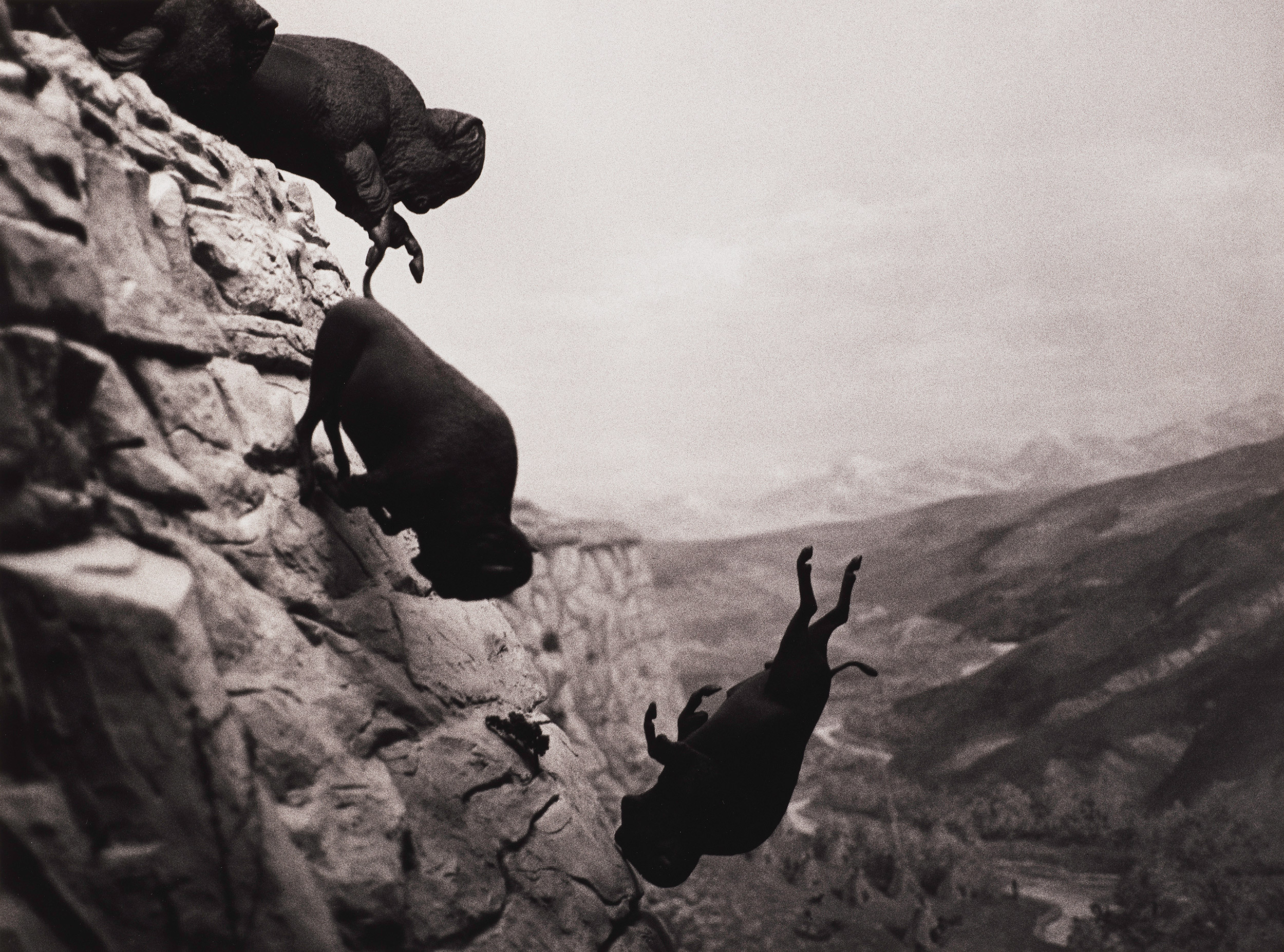
“Untitled (Buffalo),” David Wojnarowicz, 1988–89, printed 1992.
© The Estate of David Wojnarowicz
One of the most haunting images on display is a photograph printed for the American artist and AIDS activist David Wojnarowicz, who died from the disease in 1992 at the age of 37. For many, Wojnarowicz’s shot of buffalo plunging off a cliff — a picture of a diorama he snapped at the National Museum of Natural History in Washington — reflected not just the horror of the AIDS crisis but also the nation’s early apathy toward victims of the disease. The band U2 used the picture as cover art for the single “One,” donating sales to AIDS research.
In an interview, Schneider, a filmmaker and photographer by training, said that the choice of a “very bright” French paper called Brilliant helped render Wojnarowicz’s image “holographic.”
Becoming a printer was a natural progression for Schneider, who took a job in a photo lab to help him get through grad school at the Pratt Institute in the late 1970s and soon fell in love with darkroom work. Later, at the urging of a friend, he and Erdman, his partner, began printing works for other artists in their apartment in St. Mark’s Place. The spare bedroom doubled as a darkroom; the living room quickly filled with racks of drying prints. Eventually they moved to a studio in Cooper Square.
“Even when I am dealing with a student, it’s their voice that I am looking to reveal to them. With an artist, it’s their desire that I’m searching for.”
Gary Schneider
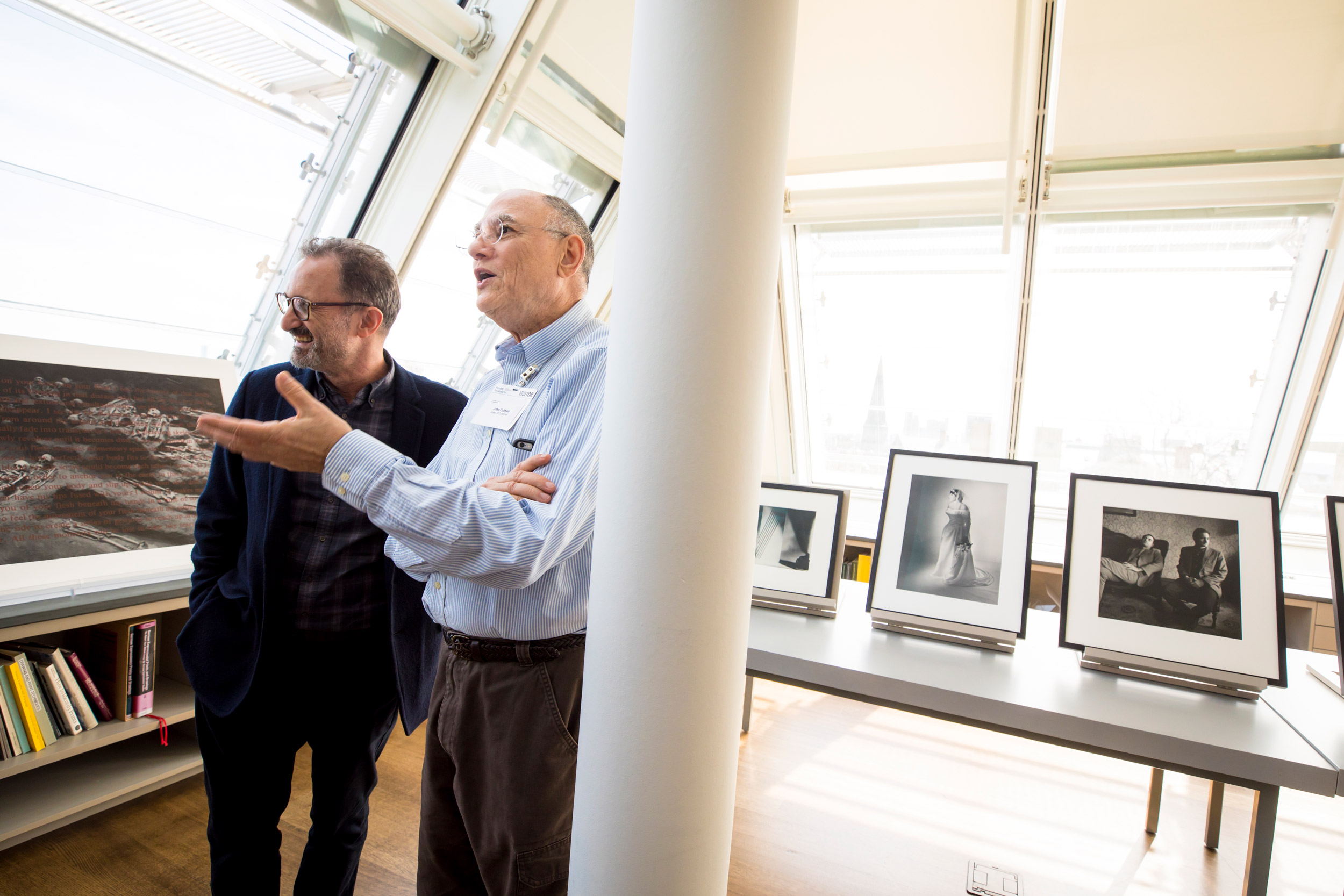
Gary Schneider (left) and John Erdman with some of their iconic prints on view at Harvard Art Museums through Aug. 12.
Rose Lincoln/Harvard Staff Photographer
Erdman managed the books, but as the business grew, he also developed into a skilled retoucher. The shop became a regular stop for a who’s who of the East Village art scene. Famed portrait photographer Richard Avedon enlisted Schneider and Erdman to print a set of Beatles images. Madonna sought their expertise for her “Sex” coffee table book, a project that involved nondisclosure agreements and a range of creative voices. Nan Goldin, Peter Hujar, Lisette Model, and James Casebere, among many other noted artists, were regulars.
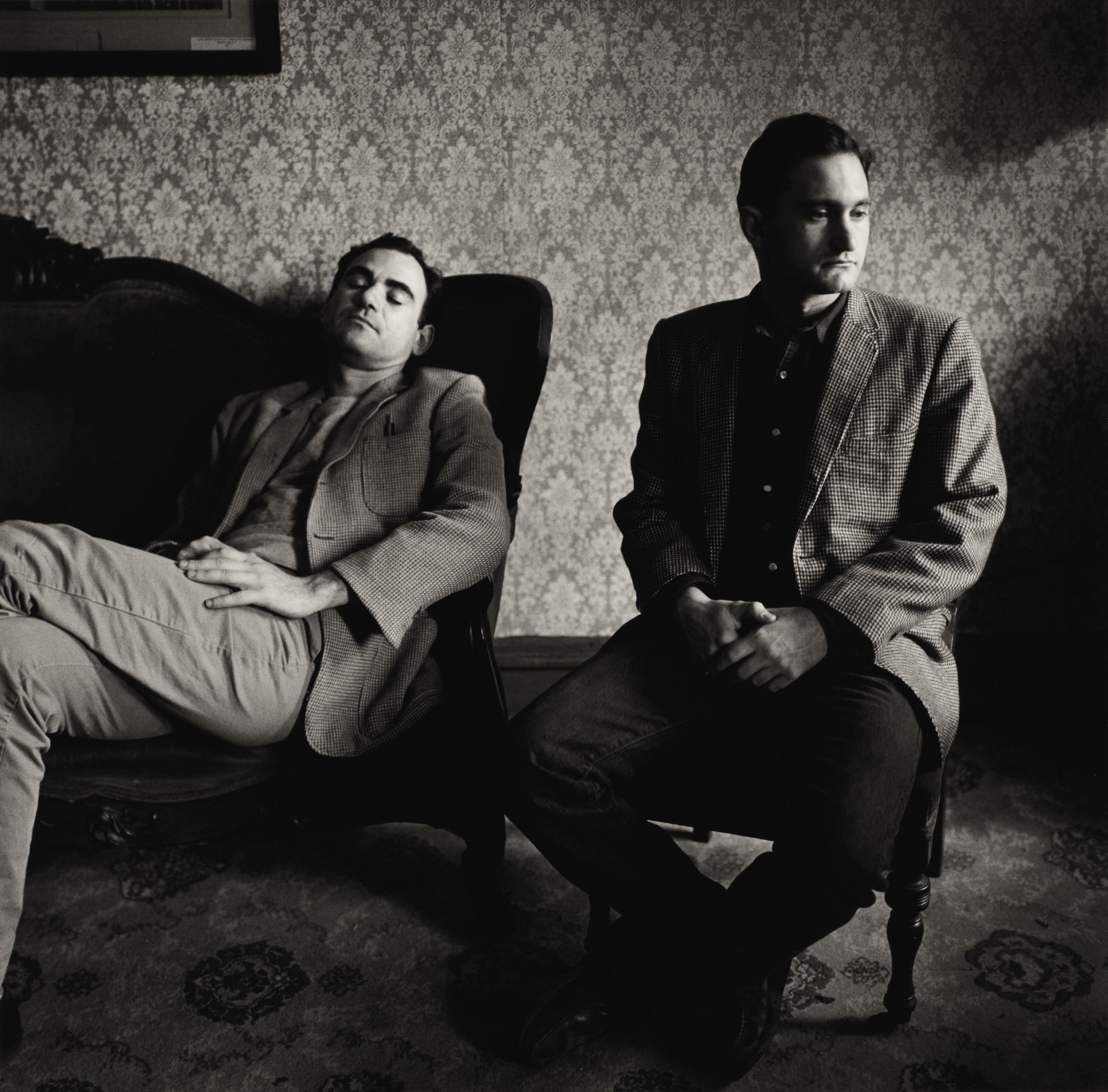
Peter Hujar, John Erdman, and Gary Schneider at Mohonk Mountain House, 1984, printed 2013.
© Peter Hujar Archive
Through the years, Schneider’s own gift with the camera helped inform how he translated an artist’s negative to a finished print. He likened his work to a kind of performance in which he channeled the ideas of others, using his experience and creative eye to develop options for clients whom he insisted arrive prepared.
“If they didn’t have a vision for the work I wasn’t going to create one for them,” he said. “I couldn’t.”
What he could do was deliver “a number of choices or alternatives,” by selecting the right combinations of paper, ink, toner, and developer, and by deciding how long to expose a work to enhance shadows or highlights.
“Even when I am dealing with a student, it’s their voice that I am looking to reveal to them,” said Schneider. “With an artist, it’s their desire that I’m searching for.”
The printing process is about “how far can I actually catalyze that artist’s voice or that artist’s desire rather than my own,” he said.
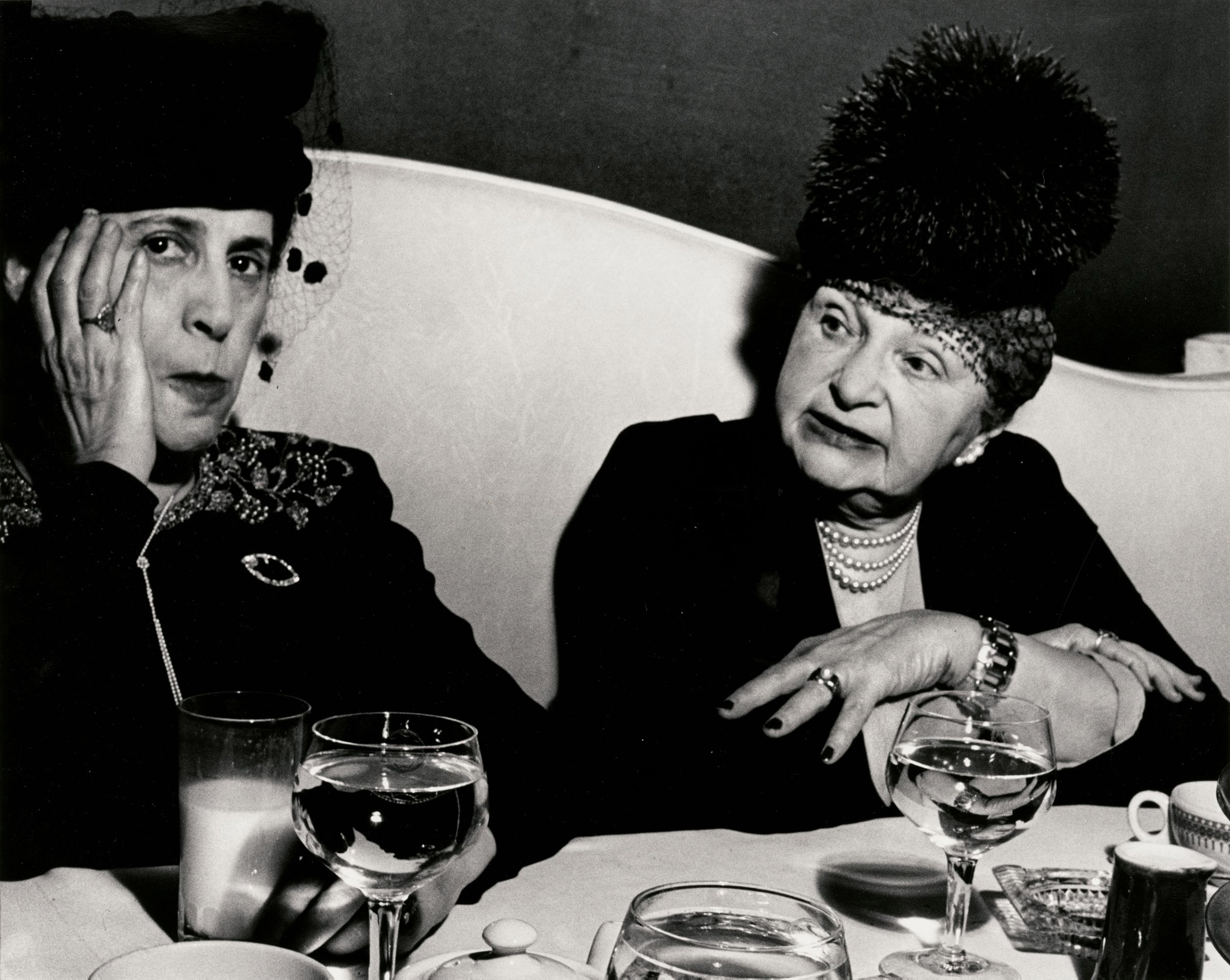
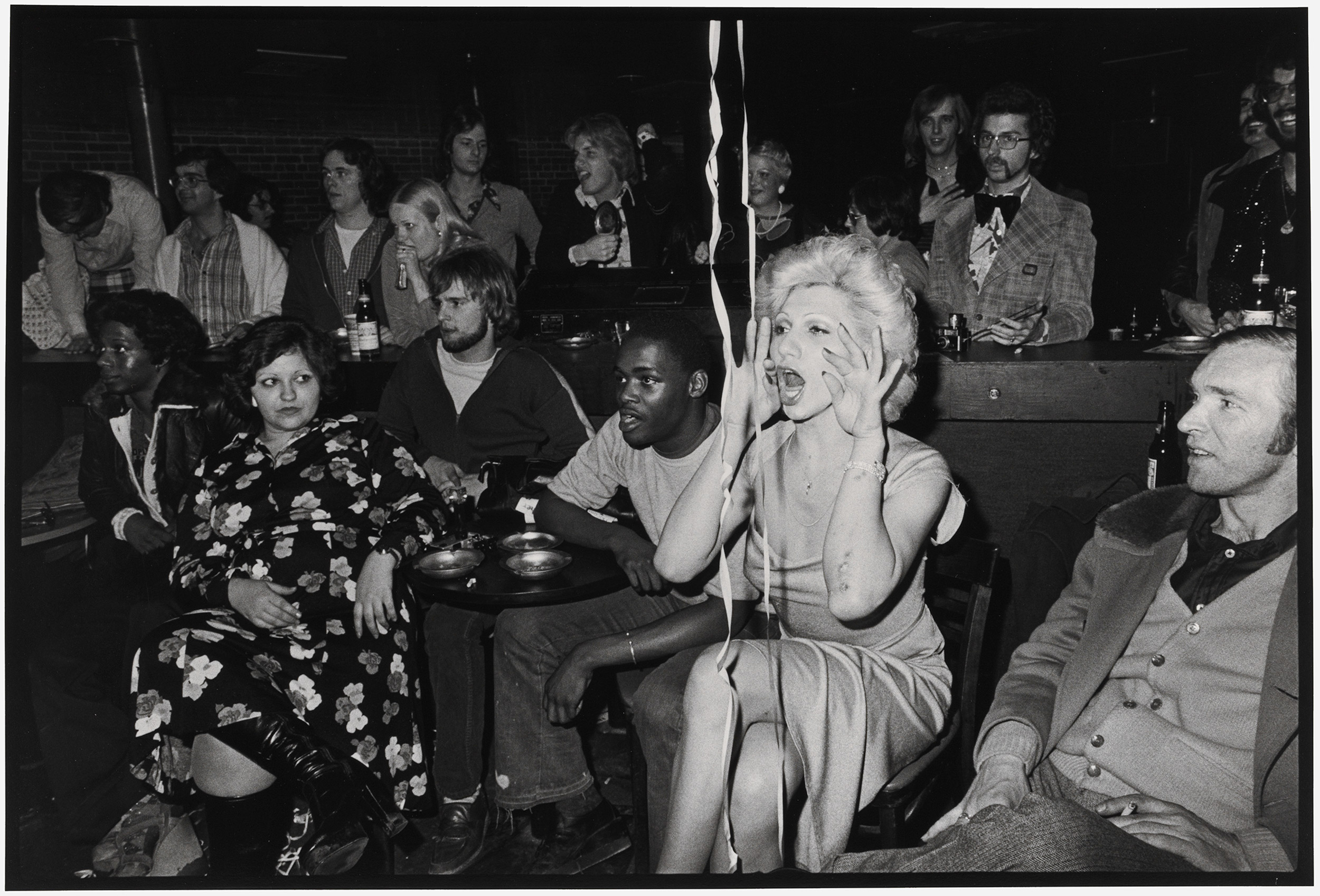
“Fashion Show, Hotel Pierre,” Lisette Model, 1940–46, printed 1982; “Naomi in the audience, Boston,” Nan Goldin, 1973, printed 1990–91.
© The Lisette Model Estate/Bruce Silverstein Gallery; © Nan Goldin
“Will,” Peter Hujar, 1985, printed 1987.
© Peter Hujar Archive
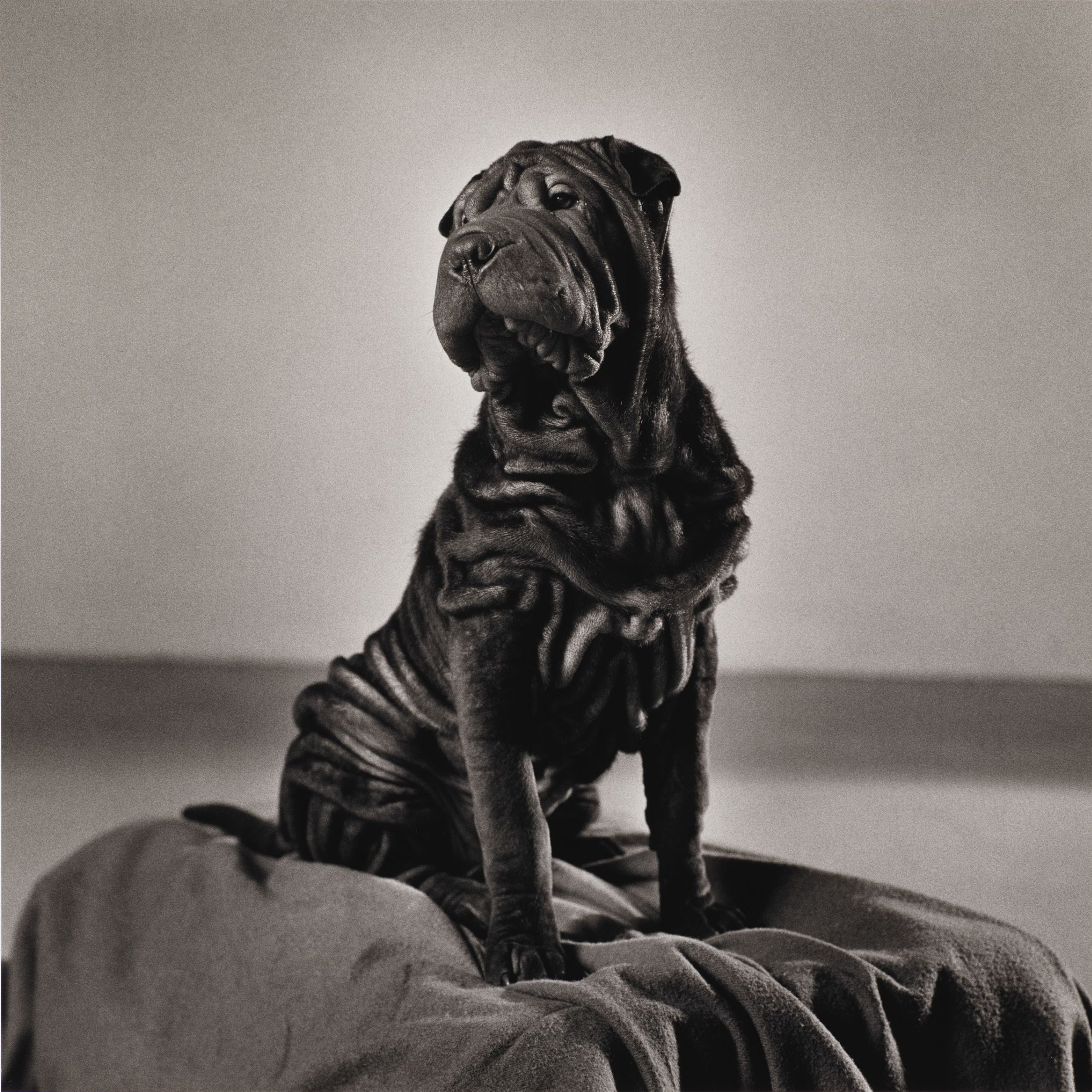
Archival material, books, and an Irene Bayer photo from Schneider and Erdman’s personal collection are part of the exhibit, along with key darkroom items such as test prints, a light valve technology negative, and “masks” — material used to cover an area of a print to limit its exposure time. All help shine a light on Schneider and Erdman’s process.
Ensuring the collection would be housed at an institution devoted to teaching and learning was key for the pair, who led various demonstrations and discussions with Harvard students in the months before the exhibition.
“We always viewed the collection as a study collection,” said Erdman, who accompanied Schneider to Harvard in 2004 for the installation of “Gary Schneider: Portraits.”
It was during that visit that they were struck by the Fogg Art Museum’s Agnes Mongan Center for the Study of Prints, Drawings, and Photographs, and its commitment to teaching. “We fantasized about [our collection] coming here,” said Erdman.




